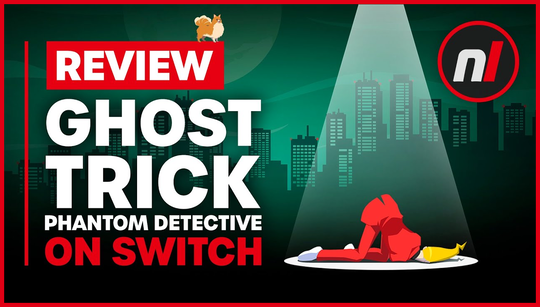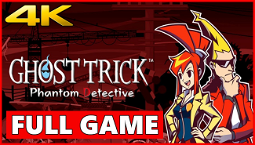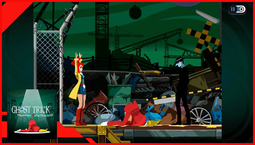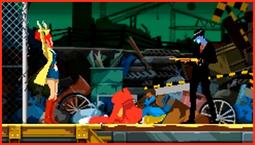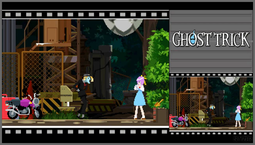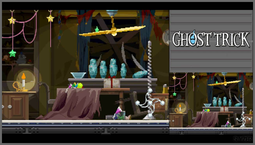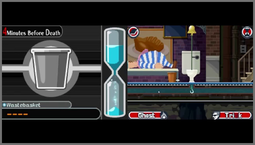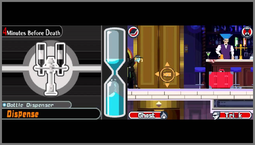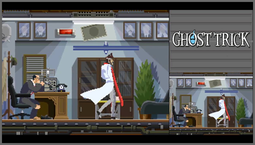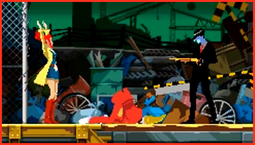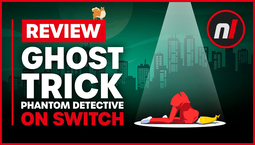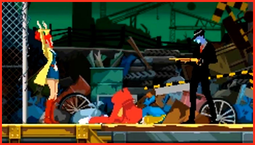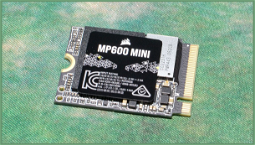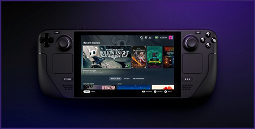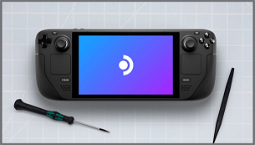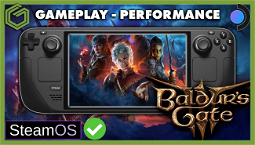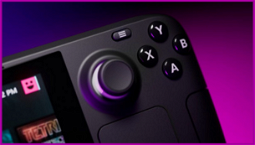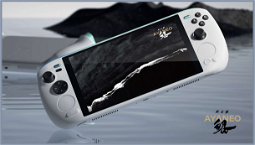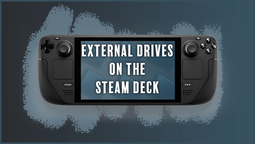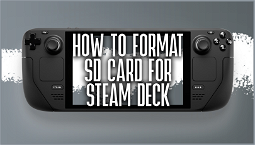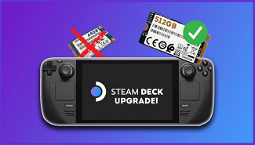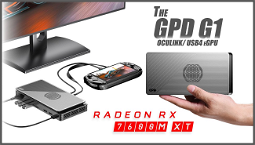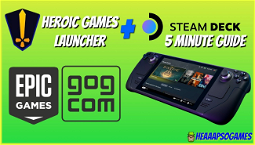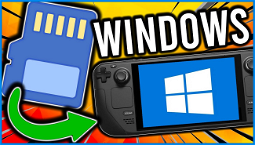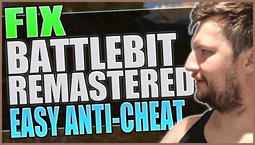Ghost Trick: A Must-Play Game for the Steam Deck
Looking for a must-play game for your Steam Deck? Look no further. Capcom's Shu Takumi, the mastermind behind the Ace Attorney and Dino Crisis 2, has crafted Ghost Trick, a twisty murder mystery puzzle game that will captivate you.
In Ghost Trick, you play as Sissel, a ghost who can possess inanimate objects and attempt to prevent a young woman from being shot by a nearsighted assassin. But every time Sissel succeeds, the young woman ends up getting shot again somewhere else. The game's internal logic might seem strange at first, but it prevents the time-twisting weirdness from becoming confusing.
Ghost Trick's elegant puzzle design addresses questions you might have, such as why Sissel can't possess his own corpse early on. Instead of addressing it directly, the game allows you to possess and manipulate objects that are crucial to solving each character's fate.
Despite its murder mystery theme, Ghost Trick maintains a lightheartedness that keeps things from getting too confusing or stressful. The game's ACME-like logic and absurdity add a touch of silliness, making death feel more comical than macabre.
The stylishly textured cast, with their exaggerated animations, adds to the game's beauty and provides insight into each character's personality. From the flirtatious baker to the hotheaded fireman, their interactions with Sissel reveal their true nature.
While Ghost Trick does not have fullscreen 16:9 support, its intentional 4:3 play area in a pillarboxed window actually enhances the puzzle and cutscene design. It allows you to focus on a singular area without any distractions.
If you're looking for a pixel-perfect experience, Ghost Trick might not be the best option as it does not offer any aspect ratio options. However, this omission doesn't take away from the fact that it is a beautifully crafted game that can be considered art.
The puzzle and cutscene design in Ghost Trick truly showcase its artistic qualities. For instance, in the screenshot below, you can see how the play area is focused on the lamp and magnifying glass in the top-left corner, while the bottom-right highlights the importance of the lock on the door with a close-up view.
